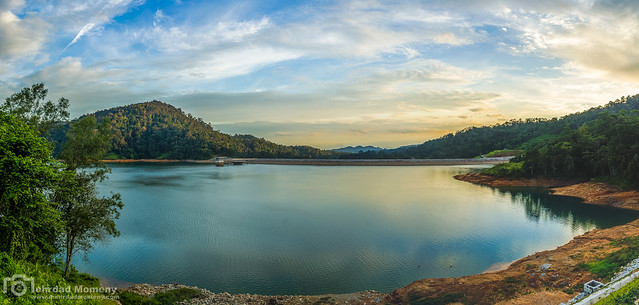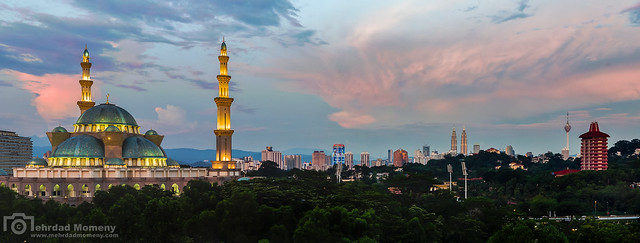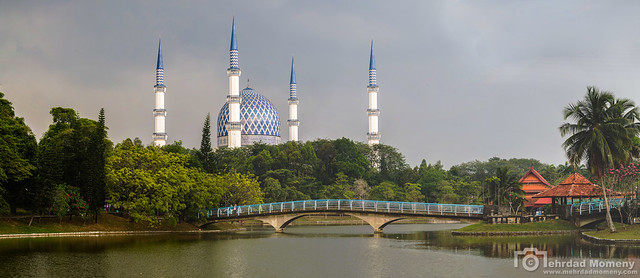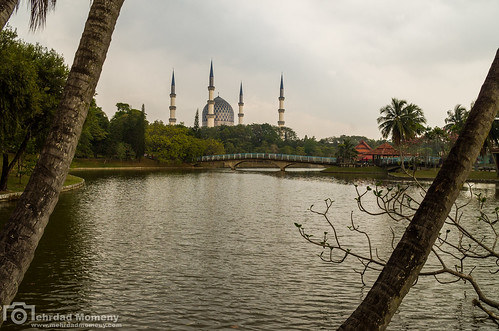 Originally posted by maxwolfie
Originally posted by maxwolfie 
I am planning on getting into landscape photography a little more and hopefully making a little bit of money whilst doing so, by selling canvases online. I should note first up that I have been stitching 7-8 images together and cropping - I do not intend on taking a single photo - unless it will somehow result in a better canvas.
To stitch several shots and get a big photo (without distortion) you'd better get a lens in the range of 30mm to 100mm, I've done several panos with lenses in that range, yet I've done panos with DA21, which is good for where I wanted, but then the distortion of a super super wide view, might not be what you want, here is an example with DA21: (6vertical shots)

But if you go for a longer lens like 35mm, and a little farther from the view, you can get more straight lines, here is one with DA35 ltd (4vertical shots)

Here is one with DA55-300, at 55mm length! (8 shots in vertical, and no distortion, due to using long lens)

To make it complete, here is one with M100mm macro lens, (this is 38 horizontal shots in several rows)

and to give you where I was, here is a shot from that same place with DA21

So, 28mm to 50mm is easier because you can make it with less photos, but if you go longer, you can make something better but with more work in shooting and stitching.
And I think one thing (about the lens) is really important to make better stitches:
Is that your lens should give you proper sharpness across the frame (at chosen aperture) to make the end result look best! and here is where a prime lens is great! but yet, you can make it with good zoom lenses too.


 Similar Threads
Similar Threads 



















 Post #12 by interested_observer
Post #12 by interested_observer








